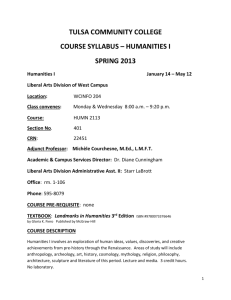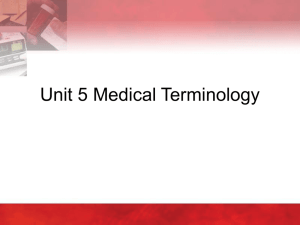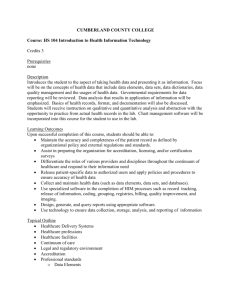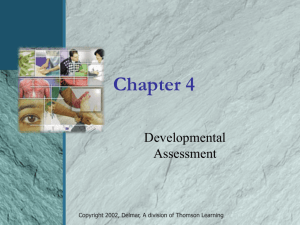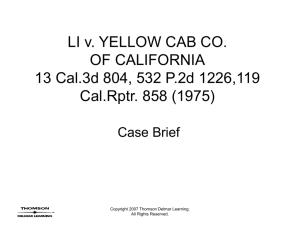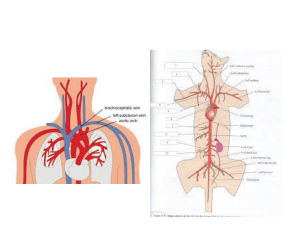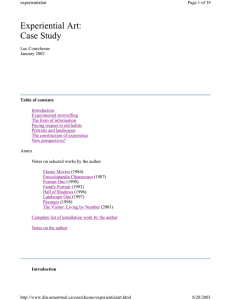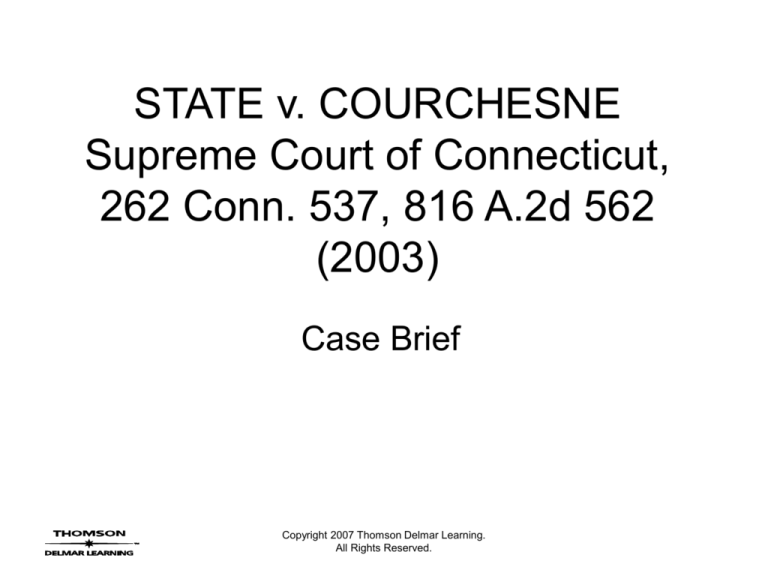
STATE v. COURCHESNE
Supreme Court of Connecticut,
262 Conn. 537, 816 A.2d 562
(2003)
Case Brief
Copyright 2007 Thomson Delmar Learning.
All Rights Reserved.
STATE v. COURCHESNE
• PURPOSE: Courchesne addresses the
conflict between the plain meaning rule
and legislative history and intent.
Copyright 2007 Thomson Delmar Learning.
All Rights Reserved.
STATE v. COURCHESNE
• CAUSE OF ACTION: A criminal
prosecution of Connecticut’s statute
imposing the death penalty for the murder
of two or more people in a heinous
manner.
Copyright 2007 Thomson Delmar Learning.
All Rights Reserved.
STATE v. COURCHESNE
• FACTS: Courchesne killed a pregnant
woman by stabbing. The baby lived for
forty days after being delivered by
caesarean section.
Copyright 2007 Thomson Delmar Learning.
All Rights Reserved.
STATE v. COURCHESNE
• ISSUE: Should Courchesne be convicted
under the state statute imposing the death
penalty for the “murder of two or more
persons at the same time or in the course
of a single transaction,” where “the
defendant committed the offense in an
especially heinous, cruel or depraved
manner”?
Copyright 2007 Thomson Delmar Learning.
All Rights Reserved.
STATE v. COURCHESNE
• HOLDING: Yes. Courchesne’s conduct did
violate the statute where he murdered the
mother, the child died as a result of the
mother’s murder, and the murder of the
mother was especially heinous.
Copyright 2007 Thomson Delmar Learning.
All Rights Reserved.
STATE v. COURCHESNE
• REASONING: In interpreting a statute, the court
must “consider all relevant sources of meaning
of the language at issue―namely, the words of
the statute, its legislative history and the
circumstances surrounding its enactment, the
legislative policy it was designed to implement,
and its relationship to existing legislation and to
common-law principles governing the same
general subject matter.” (continued)
Copyright 2007 Thomson Delmar Learning.
All Rights Reserved.
STATE v. COURCHESNE
• (continued) The court states that it is
abandoning the plain meaning rule and must
consult all relevant information even if the
statutory language is unambiguous. The court
compares the statute involved in Courchesne
with the kidnap-murder statute. The court notes
that both statutes include the same “heinous”
language and that the kidnap-murder statute has
not been interpreted to require that both the
kidnap and the murder be heinous.
Copyright 2007 Thomson Delmar Learning.
All Rights Reserved.
STATE v. COURCHESNE
• DISSENT: The dissenting opinion roundly
criticizes the majority for abandoning the
plain meaning rule. Stating that the court
should consider the plain meaning of the
statutory language first. Only if the
statutory language is unclear should the
court look to the context of the statute and
common law principles, to legislative
history, and to applicable presumptions.
Copyright 2007 Thomson Delmar Learning.
All Rights Reserved.

